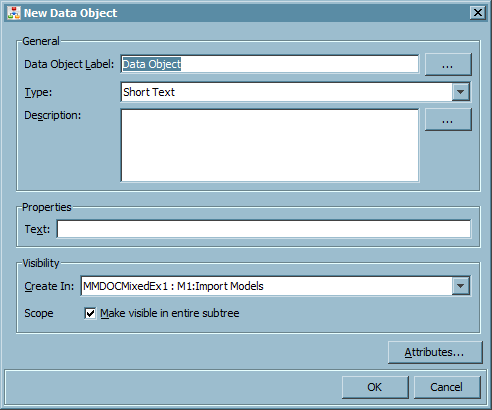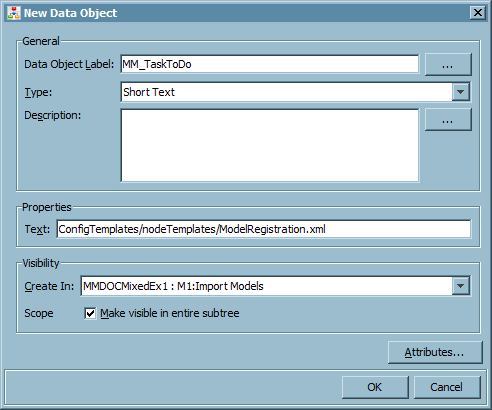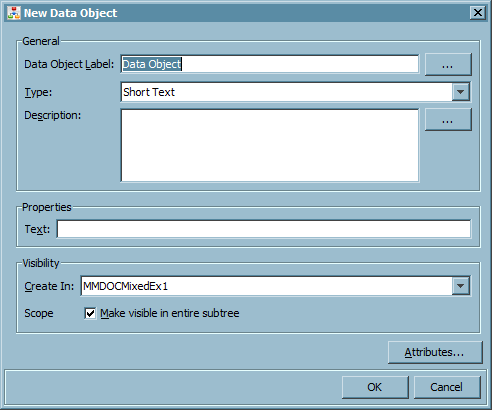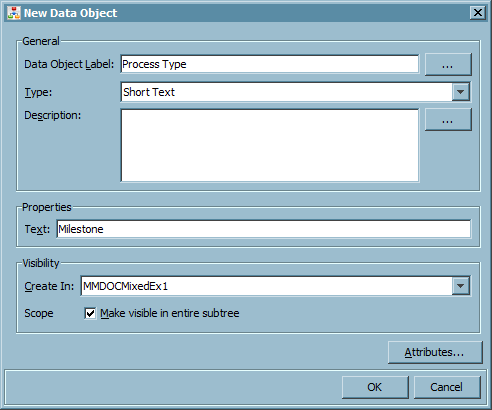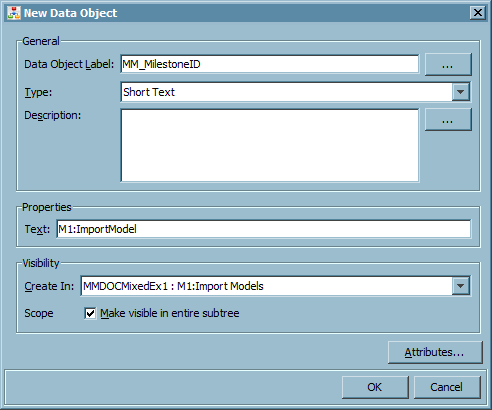Configuring SAS Workflow for Use with SAS Model Manager
Overview
SAS Workflow provides
services that work together to model, automate, integrate, and streamline
business processes. It provides a platform for more efficient and
productive business solutions.
SAS Workflow is used
by SAS solutions that benefit from business process management. SAS
Workflow Studio is a desktop client application that is used to design
and deploy workflow process definitions. The SAS middle tier hosts
the workflow engine and the workflow services as part of the SAS Web
Infrastructure Platform. The Workflow Console for SAS Model Manager
is used to manage the workflow processes that are associated with
versions in a modeling project. For more information
about SAS Workflow, see SAS Workflow in SAS Intelligence Platform: Middle-Tier Administration Guide.
-
SAS Workflow Engine, SAS Workflow Services, and SAS Workflow Studio must be installed and configured. For more information, see SAS Intelligence Platform: Installation and Configuration Guide
-
If you want to receive notifications for a workflow process, you can configure alert notifications using SAS Management Console. For more information, see Configuring Alert Notifications for SAS Workflow.
-
Workflow process definitions must be created using SAS Workflow Studio. For more information about creating process definitions, see the SAS Workflow Studio: User's Guide.
Guidelines for Creating Process Definitions
When you create process
definitions in SAS Workflow Studio to use with SAS Model Manager,
follow these guidelines:
-
In order to assign additional participants to activities using the Workflow Console, the user must have or be in a group that is assigned the workflow role of business administrator. Also, in order to create new workflows and assign participants, the user must be in the Model Manager Administrator Users group or in a group that is associated with the Model Manager Administrator Users group in SAS Management Console.The Create a workflow instance capability must be enabled for the usage role that is associated with a user or group in order for them to be able to create workflows. By default this capability is enabled for the Model Manager: Administration Usage role that is associated with the Model Manager Administrator Users group. You can access the capability from the Capabilities tab in the Role Properties window. In the assigned capabilities tree, expand Model Manager JavaSvcs 12.1
 Workflow Service.
For more information, see Configuring Users, Groups, and Roles.
Workflow Service.
For more information, see Configuring Users, Groups, and Roles.
How to Associate a Model Management Component with a Workflow Activity
With the release of
SAS Model Manager 12.1 you can associate a model management component
with an activity as part of creating a workflow process definition.
First you must create
a workflow process definition using SAS Workflow Studio. Add the activities,
statuses, and data objects that you want to include in your workflow.
For more information about creating a workflow process definition,
see the SAS Workflow Studio: User's Guide.
-
Enter the model management component directory path and XML filename in the Text property. The directory path is
ConfigTemplates/nodeTemplates/<XML-filename>. See List of Model Management Components to get the appropriate XML filename.
List of Model Management Components
How to Associate a Milestone with a Workflow Activity
With the release of
SAS Model Manager 12.1 you can specify the process type of milestone
for process definition and associate a milestone ID with an activity
as part of creating a workflow process definition. This enables the
workflow and activities that are associated with a version to appear
on the Workflow Milestones tab in the version details view, and in
the Workflow Milestones Report in SAS Model Manager.
First you must create
a workflow process definition using SAS Workflow Studio. Add the activities,
statuses, and data objects that you want to include in your workflow.
For more information about creating a workflow process definition,
see the SAS Workflow Studio: User's Guide.
To specify the process
type of milestone for a process definition, you must add a data object
for the process type at the process definition level. To add the Process
Type data object at the process definition level, follow these steps:
How to Make Process Definitions Available to SAS Model Manager
After you have created
a workflow process definition in the SAS Workflow Studio, you must
make the process definition available to SAS Model Manager.
-
Verify that the process definition appears in the Workflow Definitions category view of SAS Model Manager Workflow Console.
Log On to the Server
With SAS Workflow Studio,
you are limited to managing locally stored workflow process definitions
on your system until you have logged on to the SAS Content Server.
After you are connected, you can access additional process definitions
that are stored in the SAS Content Server.
-
Note: For more information, see Configuring the SAS Environment File in SAS Intelligence Platform: Middle-Tier Administration Guide.
Add Tag Attributes to a Process Definition
Only those process definitions
in the Workflow repository that have the
mmapi tag
attribute specified in the file properties are available to SAS Model
Manager in the Workflow Console.
Verify That the Process Definitions Are Available in the Workflow Console
See Also
Using Workflow Console in SAS Model Manager: User's Guide
